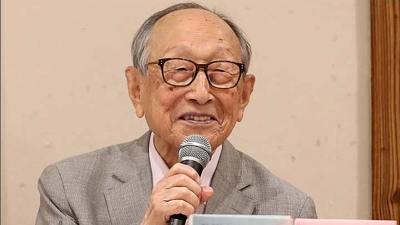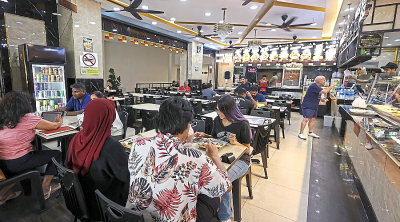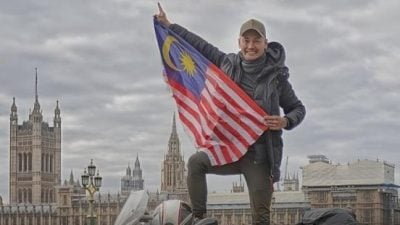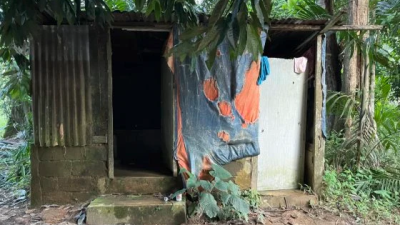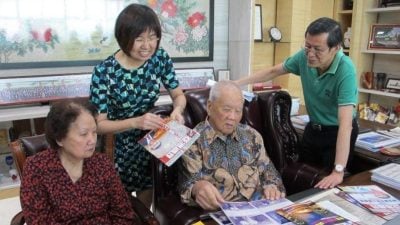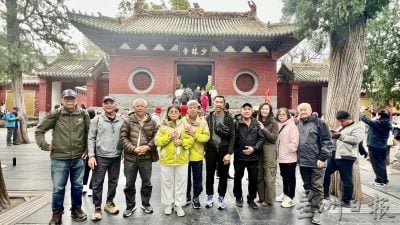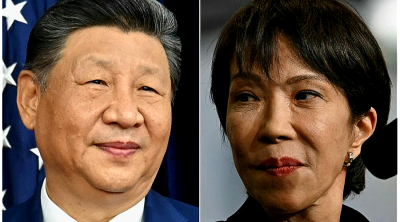It has been 12 years since the ASEAN Human Rights Declaration (AHRD) was adopted in 2012 by the 10-member regional grouping, embodying key standards of human rights for Southeast Asia.
How has it fared after all these years?
The AHRD remains a document of relevance and ambivalence. While its adoption helped to integrate the notion of human rights into the ASEAN mindset, thus being a document of “validation”, it was one that was circumscribed by the political nature of ASEAN itself.
Over half of this grouping then and now does not fulfil the conditions of democracy, such as multi-party system and free and fair elections.
This configuration represents much of the ASEAN psyche, shaping its hesitant response to at least the civil and political angle of human rights.
From the outset, the declaration was vehemently criticised in many quarters for being substandard, and ASEAN leaders had to issue an accompanying Phnom Penh Statement on the adoption of the AHRD which stated the bottom line: implementation of the AHRD must be consistent with international law, particularly the Universal Declaration of Human Rights and the human rights treaties to which ASEAN countries are party.
The AHRD itself was drafted by the overarching human rights body of ASEAN, namely the ASEAN Inter-governmental Commission on Human Rights (AICHR).
It is composed of six parts starting with general principles followed by civil and political rights; economic, social and cultural rights; the right to development; and the right to peace and cooperation.
The AHRD is credited with including references to non-discrimination against persons with HIV, development and peace.
Increasingly, its advocacy of the right to a safe, clean and sustainable environment has taken on a new meaning with the advent of global warming and climate change, especially now that the UN has consecrated a new right in the form of the right to a clean, healthy and sustainable environment.
It has been cited some twenty times in the current Workplan of AICHR (2021-2015) to justify actions, some of which are creative.
For instance, the latter has been evolving a draft declaration on the right to environment which would not only advocate procedural rights and substantive rights, but also remedies, both formal and informal as part of access to justice.
An innovative angle in the draft is to counter the spread of litigation against civil society and other actors who act on behalf of the public interest in such areas as depletion of natural resources and corruption.
These cases are known as Strategic Litigation Against Public Participation (SLAPP), and they are increasingly castigated by the international community as undermining human rights protection.
AICHR is also undertaking a study on the right to peace, and a good practice to build upon is to encourage ASEAN countries to send more peace-keepers to help the UN.
Reverting to the AHRD itself, there remain various equivocal angles inherent to the document.

The declaration is critiqued for referring to human “duties” when it should be emphasising rights. It opens the door to subjecting human rights to the national and regional context, impliedly “particularities” such as Asian Values, which have been touted to enable the collective interest, such as traditional family values, to prevail over individual rights.
The AHRD has imposed the constraining condition that various rights must be exercised in accordance with national law rather than international human rights law.
It has limited the exercise of human rights excessively by broad notions such as national morality, which has been used to legitimise constraints on women’s rights and gender diversity.
The declaration also fails to mention the universal right to freedom of association. And why does it emphasise a cooperative approach when the international setting puts much emphasis on accountability?
These are not easy ambiguities to resolve and at times, it has been incumbent on AICHR to help attenuate the situation.
For instance, some members of AICHR have issued statements against excessive limitations on human rights, such as in relation to Myanmar.
The quest for solutions has to go beyond ASEAN itself.
This was exemplified most glaringly by the arrest warrant which the international prosecutor has requested from the International Crimination Court recently against the military leader of Myanmar, allegedly responsible for international crimes with cross-border implications.
It is thus not surprising that the AHRD has not been cited much outside ASEAN as an instrument for the substantive protection of human rights.
There are at least three possibilities to enable it to move beyond its insular status as a document of “validation” to an instrument of “catalysation”.
Its provisions must be interpreted creatively to comply with international human rights law, as represented by the various human rights treaties pertinent to member countries and the UN’s Universal Periodic Review, which is a peer-review process among all countries, putting forward recommendations for improved changes per each country.
Various rights in the AHRD need to be elaborated upon through effective measures of genuine implementation.
For instance, the right to privacy calls upon all ASEAN countries to have laws on personal data protection.
These countries should prepare well to deal with artificial intelligence where it might impinge on that right, including through “social scores” discriminating against various individuals and communities.
Internally, the AHRD might act as a tool for a sustained, periodic scorecard to measure whether ASEAN institutions and member states comply with the bare minimum advocated by the AHRD.
Looking ahead, as ASEAN plans its next steps toward its Vision 2045, it should thus be time for reconfiguration: to review and adjust well both the functions of AICHR and AHRD for a more progressive future, interfacing with a world of increasing precarity.
(Vitit Muntarbhorn is Professor Emeritus at the Faculty of Law of Chulalongkorn University, Bangkok. He is currently a UN Special Rapporteur under the UN Human Rights Council, Geneva.)
ADVERTISEMENT
ADVERTISEMENT









